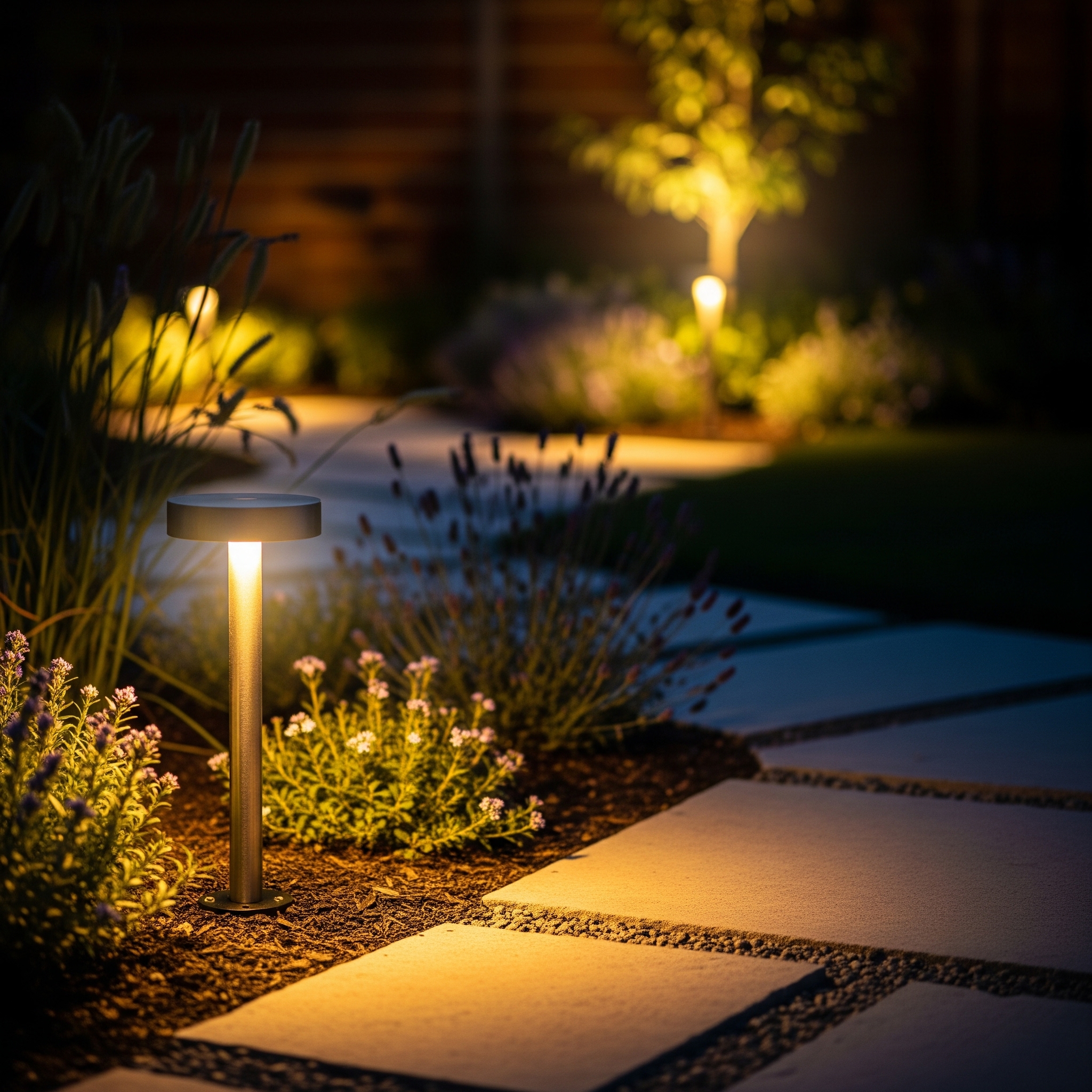
One of the most common things people say after walking into a space we’ve designed is, “The lighting feels so warm and comfortable—like it’s just right.” It’s a compliment we never take for granted, and one that reflects exactly what we aim to achieve with every project. Because the truth is, that feeling doesn’t happen by chance. It’s not about having expensive light fittings or using the trendiest bulbs. It’s about creating balance—and balance, in our view, comes from experience, thoughtful design, and a clear understanding of how light supports everyday life.
With over a decade of experience in the lighting and construction industry, we’ve worked on countless homes and commercial spaces. But long before we applied our methods to client projects, we tested everything in the most honest environment we know: our own home. Every light fixture, switch location, dimmer level, and color temperature was lived with, adjusted, and refined in real life. We learned what worked through daily use—cooking under different lights, relaxing in the evenings, and paying attention to how lighting felt at every hour. This process taught us where lighting truly adds value, and where it simply gets in the way.
Over time, we discovered that many fixtures that look great in showrooms or online don’t hold up when it comes to practicality. Some were too bright. Others added glare or created shadows in the wrong places. Some simply weren’t necessary at all. We began to refine our approach, focusing only on what made life better: practical placements, adjustable brightness, and tones that felt welcoming—not clinical.
This led us to develop a very specific point of view. We’re not here to sell more lights. We’re here to design better lighting. That’s why we often tell clients, “We’re lighting designers, not product pushers.” We don’t believe in adding lights for the sake of it. We don’t believe in flooding spaces with brightness. We believe in using light with purpose—avoiding over-illumination and minimizing visual clutter. In our opinion, every light should serve a function and enhance how people live, not just how a room looks on paper.
This belief has shaped what we now call our signature design philosophy: Just Enough Light. It’s a guiding principle we bring to every project. The goal isn’t to impress with sheer brightness or complex systems—it’s to make the lighting feel like it naturally belongs. We aim to create environments where light supports people’s routines and moods, without overwhelming the space. Whether it’s the quiet glow of a hallway at night or a soft wash of light over a kitchen bench, we want each beam to feel intentional and effortless.
Clients often tell us they can’t quite describe what’s different about our lighting, but they know it feels better. They say things like, “I don’t know what it is, but the room feels calmer now,” or, “This is the first time I’ve felt truly comfortable in my living room at night.” That kind of feedback is what drives us. It proves that good lighting isn’t about adding more—it’s about adding meaning.
A common concern we hear is about budget. Many people assume that good lighting design is only possible with high-end materials or large-scale renovations. But in our experience, it’s quite the opposite. In fact, we believe the tighter the budget, the more thoughtful the design needs to be. Constraints force us to prioritize—choosing fixtures that serve multiple roles, making the most of natural light, and placing lighting only where it truly matters. With smart planning, even a modest budget can deliver impressive, comfortable results.
This approach has never been more relevant than it is today. Our homes now serve as workplaces, rest spaces, and everything in between. Lighting plays a bigger role than ever in how we feel, how we focus, and how we recharge. Poor lighting can cause fatigue, disrupt sleep, or even make people feel disconnected in their own space. On the other hand, well-designed lighting supports mental well-being, productivity, and a sense of calm. That’s why our focus on balance—on giving each room just enough light—isn’t just a design choice; it’s a way to support better living.
In the end, what we’re really designing is comfort. We want lighting that enhances life, not distracts from it. We want people to walk into their homes and feel immediately at ease, even if they can’t put their finger on why. Because when lighting is done right, it doesn’t stand out—it settles in. It becomes part of the space, and part of the experience.
So the next time someone steps into your home and says, “Wow… the lighting in here feels just right,” you’ll know it’s not just about the fixtures. It’s about design, intention, and the quiet power of getting the light exactly right.
